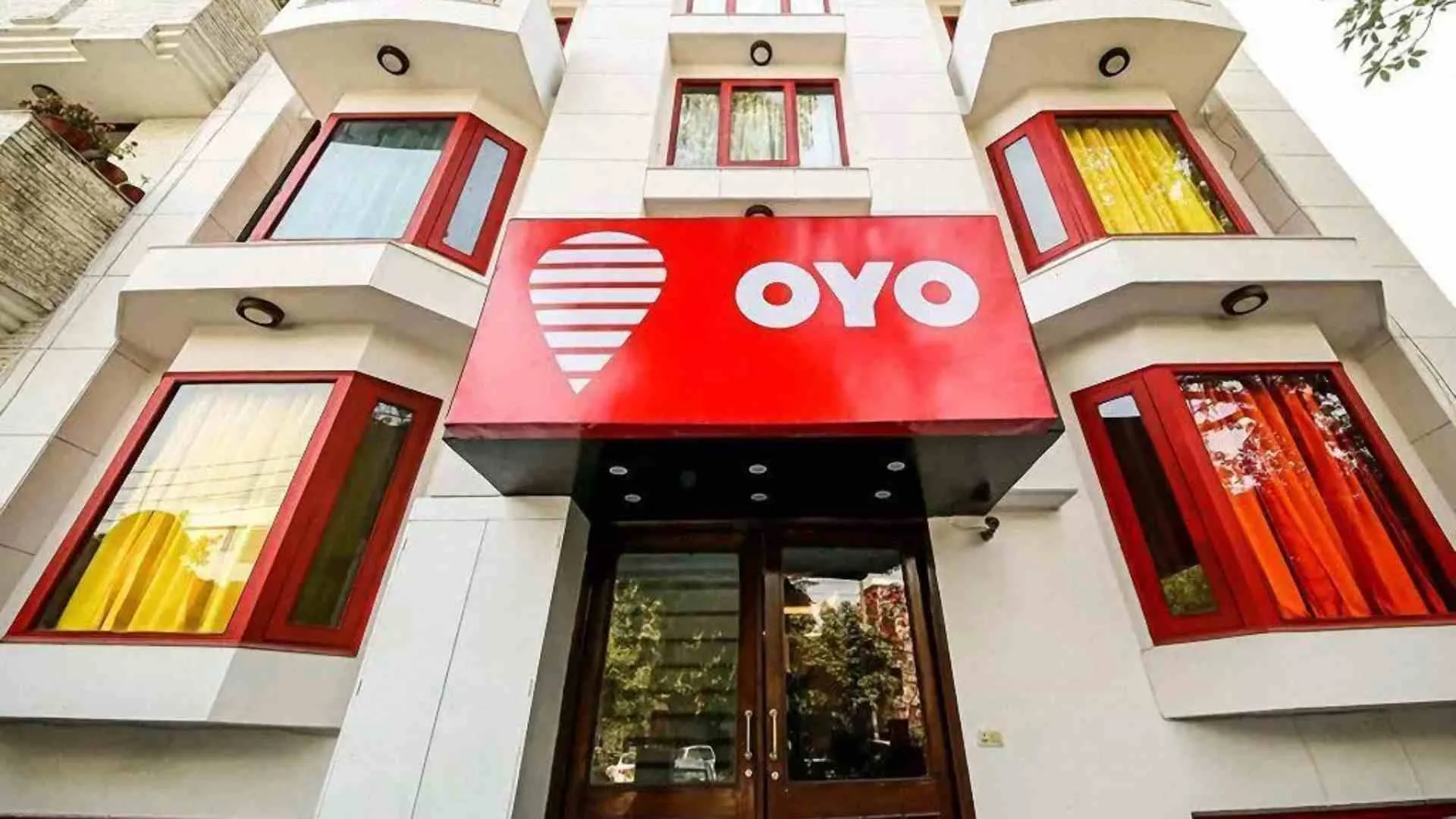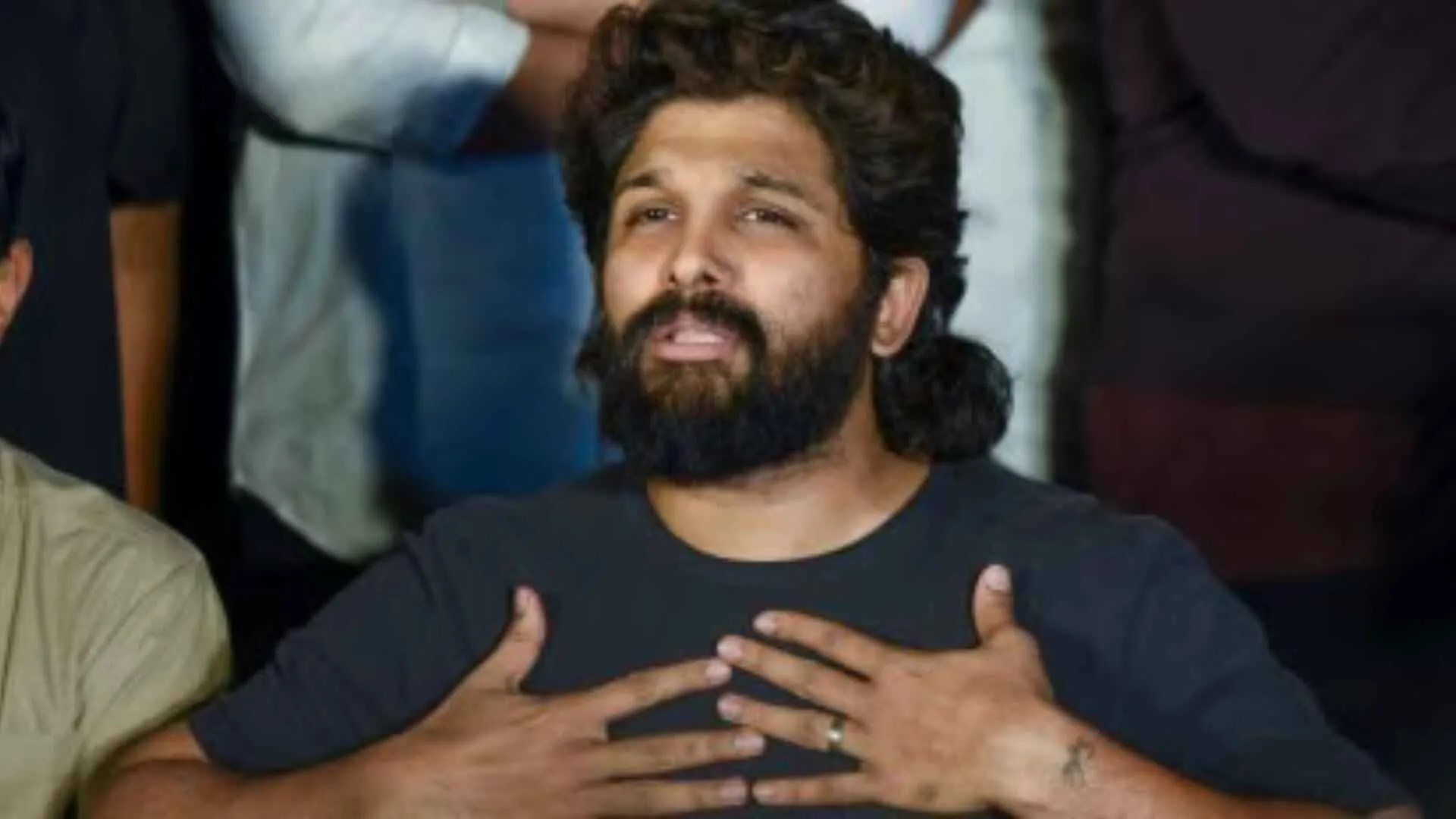Taking a progressive step towards starting discussions on a Comprehensive Economic Partnership Agreement (CEPA), India and Bangladesh have decided to carve out a deal that will aim at establishing reliable and sustainable Regional Value Chains (RVCs), create new jobs, raise living standards as well as provide wider social and economic opportunities in India and Bangladesh. The agreements were part of the comprehensive discussions held between Minister of Commerce and Industry and Textiles Piyush Goyal and Commerce Minister of Bangladesh Tipu Munshi — the first post Covid meeting since September 2018 — to further strengthen bilateral economic relations. Importantly, the Ministers discussed settlement of trade in Indian rupees amidst a move by Indian banks to explore the possibility of initiating rupee trade with the neighbouring country. This is part of an exercise to make rupee an international currency and insulating India’s exports from foreign currency fluctuations. A Joint feasibility study on a CEPA has been arried out following the mutual interest for exploring a bilateral FTA which proposes a sound basis for substantial enhancement of trade and commercial partnership between the two countries.
The visit of Prime Minister Sheikh Hasina to India from 5-8 September was a step forward in building a robust Indo-Bangladesh economic partnership with a focus on trade and connectivity and in that context, forward movement in a CEPA is important at a time when Bangladesh is eyeing FTAs with its major trading partners such as China, Japan, South Korea, Singapore, Canada and Malaysia, as per Bipul Chatterjee, executive director of CUTS International. While the proposed CEPA is expected to double their bilateral trade from the current level of $18 billion within a few years, during Prime Minister Narendra Modi’s Bangladesh visit in March 2021, the two sides had agreed to enhance trade and the joint statement underscored the need for the removal of non-tariff barriers, need for predictability of trade policies, regulations and procedures. “For the first time, Bangladesh’s exports to India crossed US$ 1 billion mark in 2018-19, a record 52 per cent jump, compared to 2017-18. Our bilateral trade potential is $ 40 bn,” says Prabir De, Professor, Research and Information System for Developing Countries (RIS), a think-tank. The CEPA holds out rich dividends for both. India and Bangladesh already have a goods agreement under the aegis of the 2006 agreement on South sian Free Trade Area (SAFTA) which govern the tariff regimes for trade.
Under SAFTA, India has granted duty free quota free access to Bangladesh on all items except alcohol and tobacco. The missing middle is an agreement on services trade and Bangladesh — an economy driven predominantly by agriculture and services – and the country would be keen on an agreement that brings in the services component and investment, feel experts. Bangladesh is also keen on Indian businessmen to explore investment opportunities in Bangladesh underlined by its “geo-political advantage, very progressive and industry friendly policies and various sectors and products with huge potential including ceramic and glass products, according to the Commerce Minister of Bangladesh. While garments has been the dominant sector, Bangladesh is looking at export diversification as part of its next level of growth. The realisation of this potential will also depend on optimal use of existing and proposed connectivity between the two countries and strengthening of connectivity and trade infrastructure, points out Chatterjee. Already, three Special Economic Zones have been set up in Bangladesh for Indian investors and Indian companies are investing in various sectors including telecommunications, pharmaceuticals, FMCG and automobiles sectors in Bangladesh. These are seen as offering a significant backdrop to the more intense bilateral engagements in trade and investment that India and Bangladesh are chalking out through the CEPA. Central to the connectivity plan is the opening of border haats which are closed since the onset of the COVID-19 pandemic. While the Balat border haat in East Khasi Hills of Meghalaya had been re-opened recently, it is time to also re-open the remaining border haats at Kalaichar in South West Garo hills in Meghalaya and those in Kamalasagar and Srinagar in Tripura, according to Chatterjee. Bangladesh also wants Indian industry to look at improving the markets in the north-eastern region in India which alongwith Bangladesh’s market offers good transit facility including road, railway and waterways and could offer a win-win proposition for both Bangladeshi and Indian businesses.




















